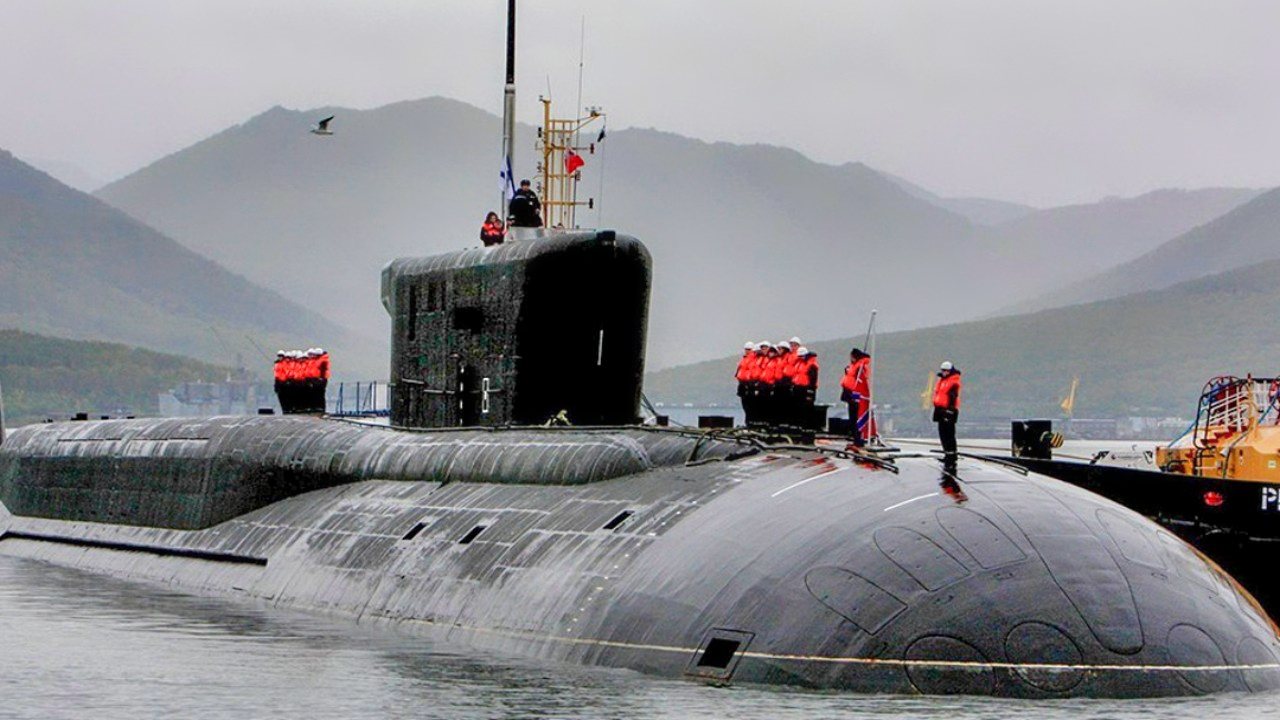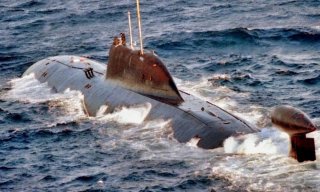The Russian Submarine Fleet: One of the Most Powerful on Earth
The Russian Navy boasts one of the largest and most diverse submarine fleets globally, featuring about sixty-five submarines, including advanced models like the Borei-class.
Summary: The Russian Navy boasts one of the largest and most diverse submarine fleets globally, featuring about sixty-five submarines, including advanced models like the Borei-class. With bases across strategic locations from Vladivostok to Sevastopol, these submarines are pivotal in Russia's naval strategy, providing both Atlantic and Pacific access. The recent war in Ukraine has impacted this fleet, notably with the destruction of at least one submarine. Russia's submarines, which include attack, cruise missile, and ballistic missile types, play crucial roles in naval warfare and geopolitical strategy, posing a significant challenge in any near-peer conflict with the U.S. and NATO. These submarines not only facilitate potent strike capabilities with torpedoes and missiles but also contribute to nuclear deterrence as part of Russia's nuclear triad.
Submarines are the bane of surface combatants and support ships. With an uncanny ability to slither under the waves, submarines can take out enemy warships and launch precision-guided ballistic and cruise missiles against targets thousands of miles away.
When it comes to submarine fleets, the Russian Navy has one of the largest in the world. The Russian Navy has approximately sixty-five submarines of all types. Moscow has a variety of classes of submarines, including Delta-class, Kilo-class, Sierra-class, Victor-class, Akula-class, and Borei-class.
The latest Russian submarine, a Borei-class Imperator Aleksandr III, was commissioned in 2023.
In terms of bases, the Russian submarine fleet is spread across the vast country. There are submarines in Vladivostok, Petropavlovsk, Severomorsk (the largest base), Kaliningrad, and occupied Sevastopol. These locations offer access to the Russian Navy in both the Atlantic and Pacific oceans.
However, the war in Ukraine is taking a toll on the Russian naval forces, and at least one submarine has been destroyed in its base by Ukrainian long-range munitions. In terms of wartime operations, the Russian Navy has been using cruise and ballistic missile submarines to attack Ukrainian targets from the Black Sea.
The Russian military has a history of making the largest submarines in the world. Moscow has used this preference for impressive weapon systems partly as propaganda against the United States and NATO.
Let’s Talk About Submarines
There are three types of submarines: attack, cruise missile, and ballistic missile. The difference between the three is mainly one mission set.
Attack submarines are designed and equipped to sink surface combatants and other submarines. Their primary method of operation is the good old torpedo. Attack subs make up the majority of submarine fleets around the world.

Cruise missile submarines come next. These warships pack cruise missiles that can attack targets in sea or land. U.S. Navy cruise missile subs, for example, pack Tomahawk cruise missiles that can reach targets thousands of miles away. In addition, cruise missile attack subs often also have torpedo tubes and can double down as attack subs if needed.
Finally, ballistic missile submarines are the most fearsome of them all. Although many militaries have submarines, only a few can field ballistic missile subs. Often nuclear-powered (meaning that they use nuclear energy to operate), these subs pack ballistic missiles that can take out strategic targets thousands of miles away. Moreover, it is ballistic missile subs that can carrynuclear warheads. As such, ballistic missile subs form the naval leg of a nuclear power’s nuclear triad.
All three types of submarines play essential roles in naval warfare and overall geopolitical competition. Intelligence services often use submarines to tap into adversary underwater communication cables and provide an intelligence advantage.
The Russian Navy possess one of the most powerful submarine forces in the world, and in the event of a near-peer conflict, it would present a challenge to the U.S. military and NATO.
About the Author
Stavros Atlamazoglou is a seasoned defense and national security journalist specializing in special operations. A Hellenic Army veteran (national service with the 575th Marine Battalion and Army HQ), he holds a BA from the Johns Hopkins University, an MA from the Johns Hopkins’ School of Advanced International Studies (SAIS). He is pursuing a J.D. at Boston College Law School. His work has been featured in Business Insider, Sandboxx, and SOFREP.


